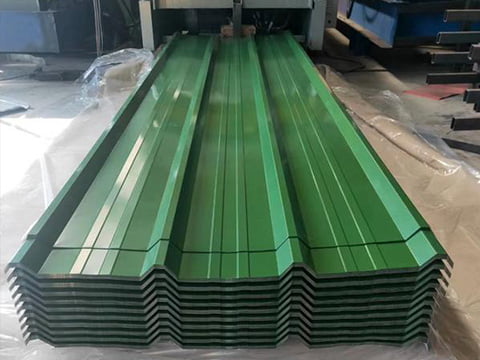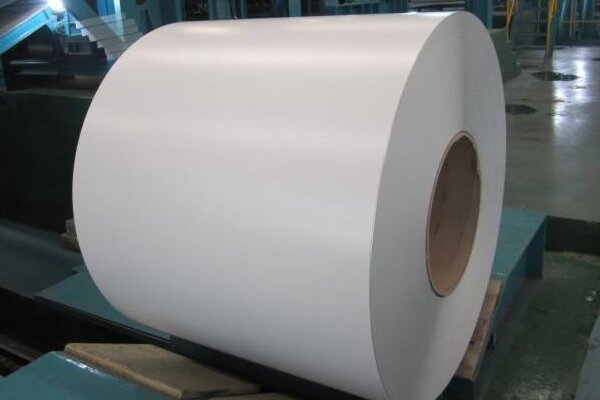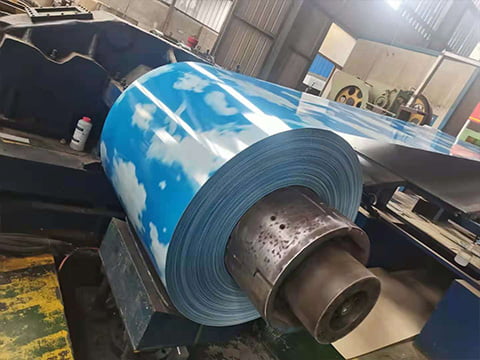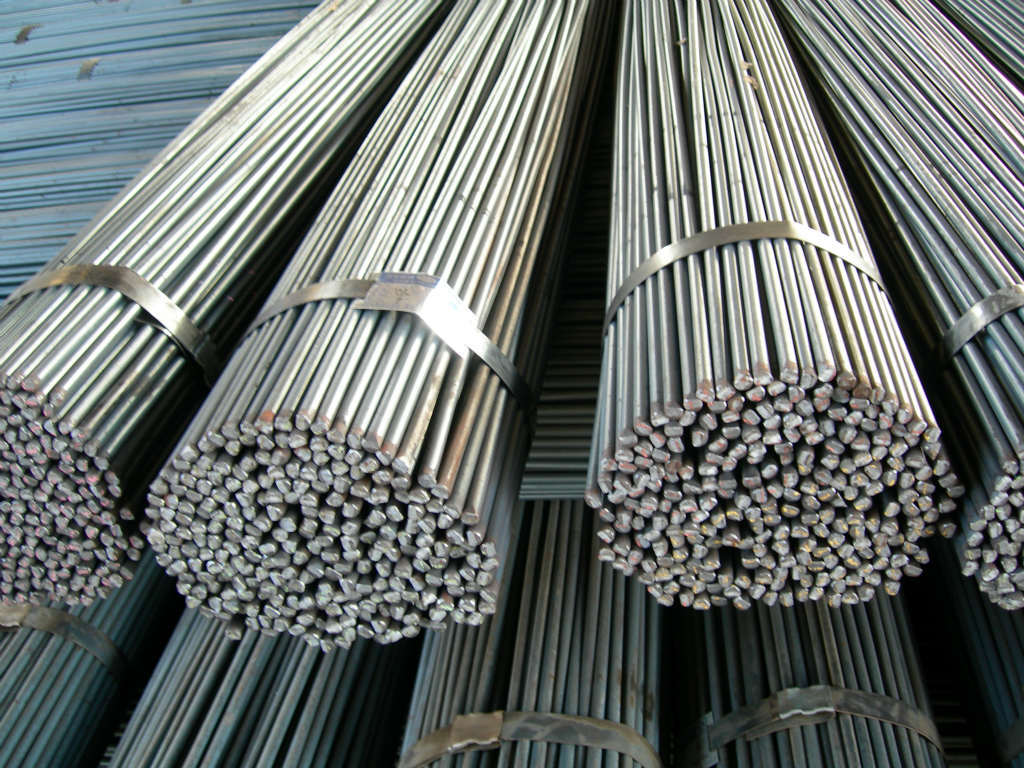The strength and durability of stainless steel plates depend on many factors in their manufacture and application, including the alloy composition of the stainless steel plates, production process, surface treatment and working environment.
1、The influence of chemical composition on the strength and durability of stainless steel
The chemical composition of stainless steel has a decisive influence on its strength and durability. The chemical composition of stainless steel is carbon (C), chromium (Cr), nickel (Ni), molybdenum (Mo), manganese (Mn), silicon (Si), phosphorus (P), and sulfur (S). Specifically, the content of carbon, chromium, nickel, molybdenum and other elements has a direct impact on the performance of stainless steel.
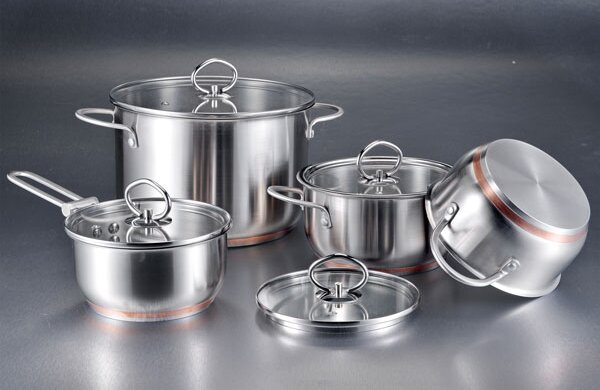
Use in daily life
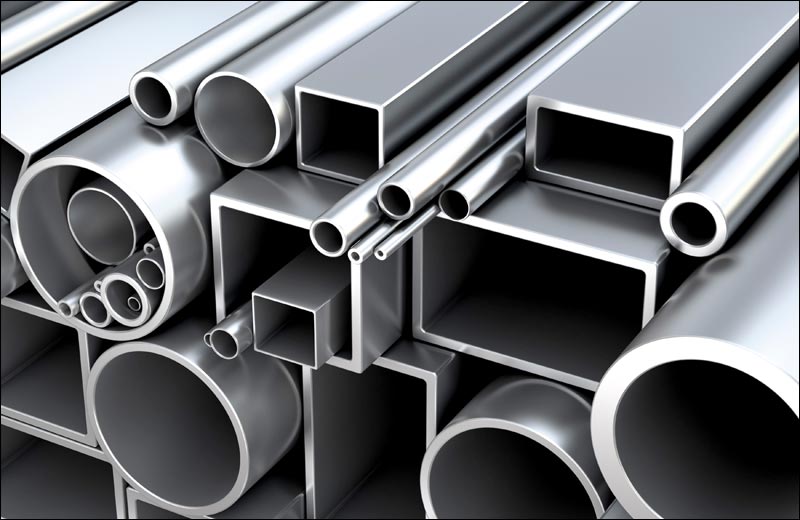
Industrial use
- The influence of carbon (C)
Carbon is the main element that affects the hardness and strength of steel. In stainless steel, an appropriate amount of carbon content can increase the hardness and wear resistance of the material, but too high a carbon content may cause the toughness of the material to decrease, making it more brittle. Therefore, the carbon content needs to be controlled within a reasonable range to ensure a balance between the strength and toughness of the material. - The influence of chromium (Cr)
Chromium is an important element in the formation of stainless steel. It improves the corrosion resistance of the material by forming a passivation film on the surface of the steel. The increase in chromium content can enhance the oxidation resistance and corrosion resistance, thereby extending its service life. - The influence of nickel (Ni)
Nickel can improve the toughness and corrosion resistance of stainless steel, while also improving the high temperature resistance of steel. For stainless steel, the proper addition of nickel enables it to maintain good performance in harsh environments. - Effect of Molybdenum (Mo)
The addition of molybdenum can significantly improve the resistance of stainless steel to pitting and crevice corrosion, especially in chlorine-containing environments. For stainless steel, the presence of molybdenum enhances the overall corrosion resistance of the material, making it suitable for use in highly corrosive environments such as chemical equipment.
Common stainless steel comparison
| Grade | Composition difference | Tensile strength (Mpa) | Yield strength (Mpa) | Rockwell hardness | Corrosion resistance |
| 303 | 17%-19% Cr 8%-10% Ni least 0.15% S |
621 | 241 | – | Very good |
| 304 | 18%-20% Cr 8%-10% Ni |
579 | 290 | HRB80 | Better |
| 316 | 16%-18% Cr 10%-14% Ni 2%-3% Mo |
579 | 290 | HRB79 | Best |
| 410 | 0.15% C 11.5%-13.5% Cr |
483 | 310 | HRB80 | Medium |
| 420 | > 0.15% C 12%-14% Cr |
655 | 345 | HRB92 | Medium |
| 440 | 0.6%-0.75% C 16%-18% Cr ≤ 0.75% Mo |
758 | 448 | HRC58 | Good |
2、The influence of heat treatment process on the strength and durability of stainless steel
The heat treatment process has an important influence on the final properties of stainless steel, including hardness, strength and wear resistance. Common heat treatment processes include quenching, tempering, normalizing and annealing.
| Heat treatment process | Temperature range (˚C) | Time(h) | Main effects |
| Quenching | 800-900 | 0.5-1.5 | Improve hardness and strength |
| Tempering | 500-700 | 1-2 | Increase toughness and reduce internal stress |
| Normalizing | 850-950 | 0.5-1.5 | Uniform organization and improve mechanical properties |
| Annealing | 650-750 | 1-3 | Eliminate stress and improve processing performance |
- Quenching
Quenching is a process in which steel is heated to a certain temperature and then quickly cooled. The main purpose is to improve the hardness and strength of the material. For stainless steel, proper quenching can significantly improve its wear resistance and fatigue resistance, but it may also cause an increase in material brittleness, so it needs to be adjusted in conjunction with the tempering process. - Tempering
Tempering is the process of reheating quenched steel to a lower temperature and then cooling it slowly. Tempering can eliminate the internal stress generated during the quenching process, increase the toughness of the material, reduce brittleness, thereby improving its overall durability. - Normalize
Normalizing is a heat treatment performed above the recrystallization temperature, which can improve the internal structure of steel and make its properties more uniform. For stainless steel, normalizing can improve its mechanical properties and increase durability. - Annealing
Annealing is a process in which steel is slowly heated to an appropriate temperature and then gradually cooled. It is mainly used to eliminate processing stress and improve the processability of the material. For stainless steel, the annealing process can improve the toughness of the material and reduce the risk of brittle fracture.
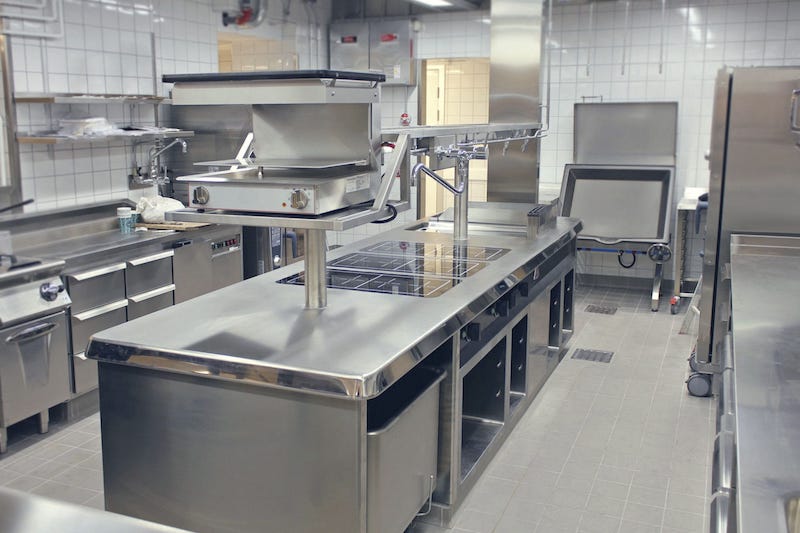
Kitchen stove
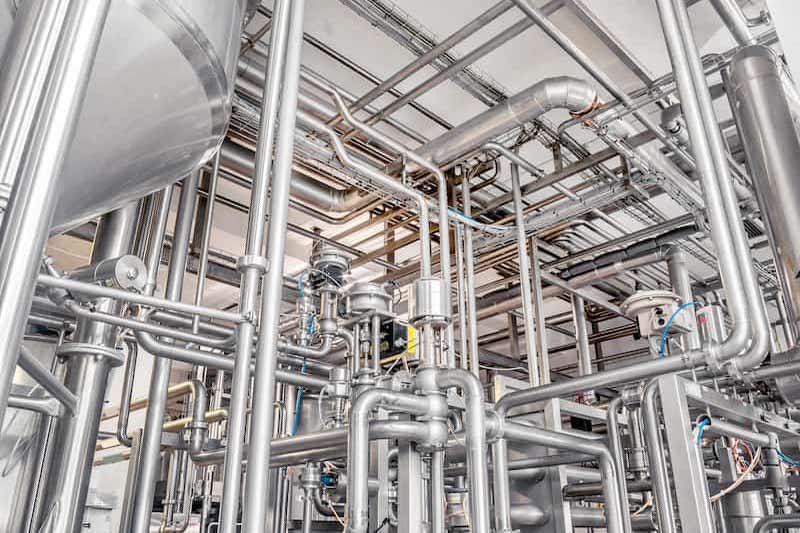
Factory Pipeline
3、The influence of processing technology on the strength and durability of stainless steel
The processing technology of stainless steel plates can directly affect their strength and durability. Common processing methods include cold drawing, rolling and forging.
- Cold drawing
Cold drawing can improve the hardness and tensile strength of stainless steel plates, giving them better mechanical properties; - Rolling
Rolling can improve the surface quality and thickness accuracy of stainless steel plates, and improve their overall strength and durability; - Forging
Forging can enhance the toughness and impact resistance of stainless steel plates, and is suitable for high-strength and high-durability fields.
4、The influence of working environment on the strength and durability of stainless steel
The durability of stainless steel varies significantly in different working environments. Here are several common working environments and their impact on stainless steel:
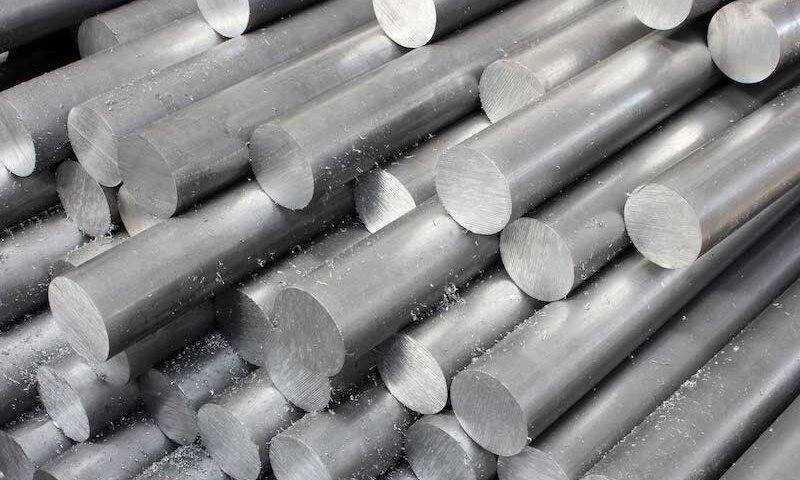
Stainless steel bars
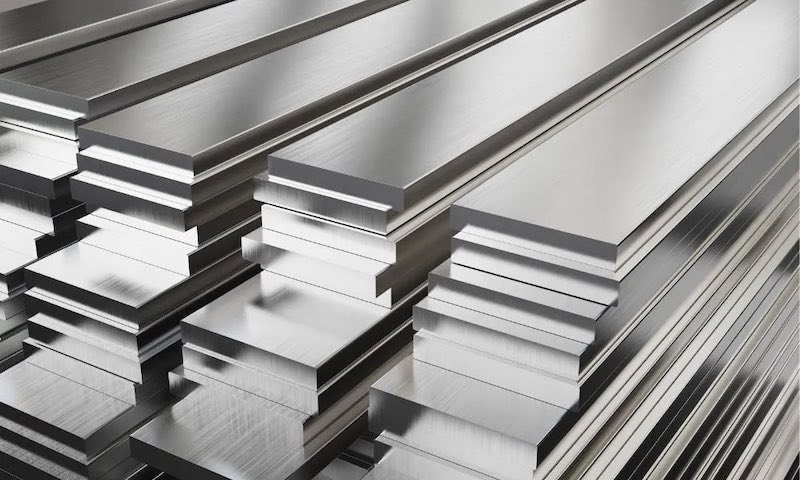
Stainless steel plates
- High temperature environment
In high-temperature environments, the strength and hardness of materials may decrease, or even oxidation and creep may occur. The content of nickel and chromium can improve the high temperature resistance of stainless steel, but in extreme high temperature conditions, appropriate surface protection measures are still required. - Corrosive environment
The corrosive environments are one of the key factors affecting the durability of stainless steel. A chlorine-containing environment will accelerate the occurrence of pitting corrosion and crevice corrosion. The presence of molybdenum element can effectively improve the corrosion resistance of stainless steel. Additionally, in highly acidic or alkaline environments, appropriate protective coating or alloy selection needs to be considered. - Shock load environment
The toughness of stainless steel is particularly important in environments subject to impact loads. Proper tempering and normalizing processes can improve the toughness and make it less prone to brittle fracture when subjected to impact.
Other factors
In addition, the surface treatment of stainless steel is also an important factor affecting its durability. For example, the level of surface finish can affect the corrosion resistance of stainless steel in chloride environments. Matte surfaces (matte surfaces) are very sensitive to corrosion, whereas normal industrially finished surfaces are less susceptible to rust. Therefore, proper surface treatment can significantly improve the durability of stainless steel.
In conclusion
In short, the durability of stainless steel is affected by many factors. By reasonably controlling these factors, the service life of stainless steel can be significantly improved. In practical applications, it is necessary to select appropriate materials and processes according to specific working conditions to achieve the best use results.
If you want to know more about stainless steel, you can ask us for free. Wanzhi Steel produces various carbon steel and stainless steel to meet the various needs of customers. Looking forward to your inquiry.
